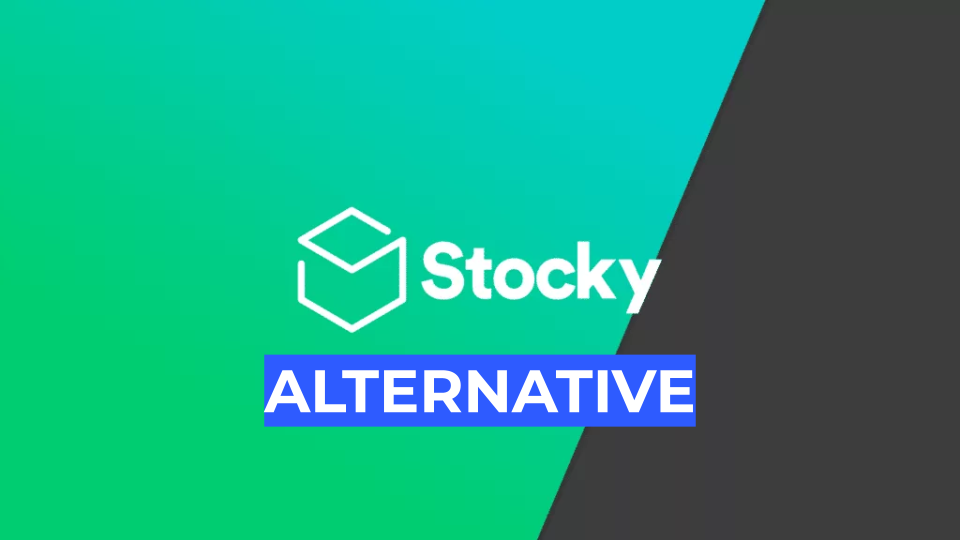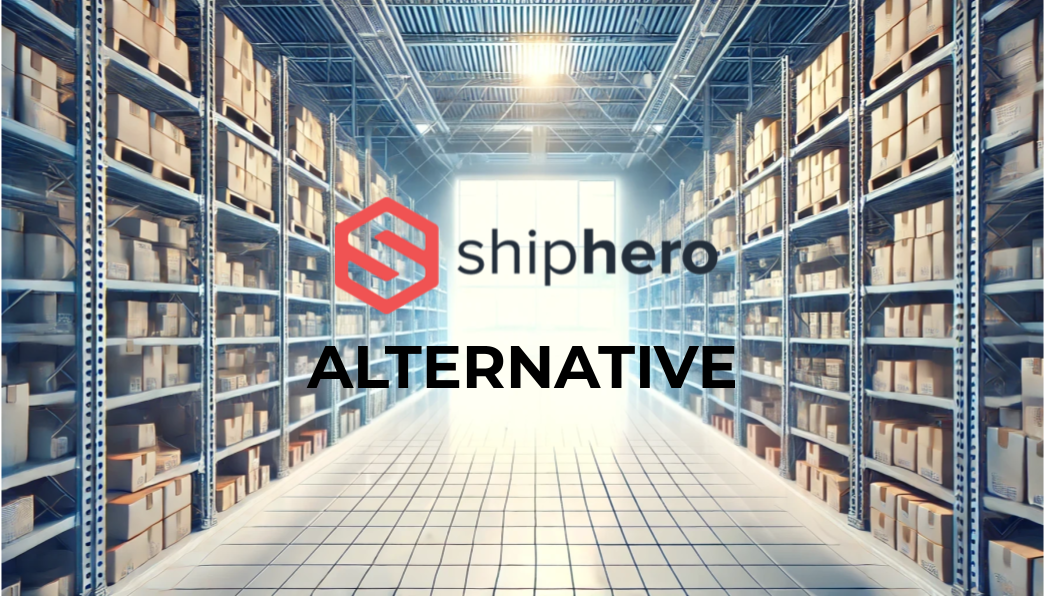Common Frequently Asked Questions About ShipStation WMS
Alex
9/6/2025
Q: What is meant by “ShipStation WMS”?
A) ShipStation WMS refers to using a Warehouse Management System in tandem with ShipStation to handle warehouse operations. ShipStation by itself is not a full WMS (business.org) – it manages orders and shipping. Pairing it with a system like SKUSavvy effectively gives you a ShipStation-powered WMS: ShipStation handles the shipping labels and order syncing, while SKUSavvy manages inventory, picking, packing, and all warehouse tasks. In short, SKUSavvy turns ShipStation into a complete warehouse management solution.
Q: Does ShipStation have built-in warehouse management features?
A: ShipStation has basic inventory tracking and order management, but it lacks most warehouse management features (e.g. guided picking, receiving, bin locations). It is “not technically a warehouse management system” on its own, although ShipStation is adding new WMS features. To get true WMS capabilities, you integrate ShipStation with a WMS like SKUSavvy. SKUSavvy provides the missing pieces (mobile picking, visual warehouse, etc.) while ShipStation continues to do what it does best (rate calculation, label printing).
Q: How does SKUSavvy integrate with ShipStation WMS?
A: SKUSavvy integrates with ShipStation through ShipEngine which is now ShipStation API, the API that powers ShipStation’s shipping functionality. You connect your ShipStation (or carrier) accounts to SKUSavvy, allowing SKUSavvy to fetch rates and create labels just like ShipStation would. Order data can either come directly from your sales channels into SKUSavvy – but typically SKUSavvy will import orders from your store, then use ShipStation’s API when it’s time to ship. The integration is real-time and two-way: SKUSavvy sends shipment details back so that ShipStation (and your selling channels) are updated with tracking info.
Q: What specific benefits does SKUSavvy add to ShipStation?
A: SKUSavvy adds a full suite of WMS features on top of ShipStation API, including: 3D visual warehouse mapping for navigation, mobile pick/pack workflows, real-time inventory sync across channels, barcode scanning for error-free picking, receiving & putaway modules for inbound stock, kitting and assembly management, and analytics dashboards for warehouse performance. These capabilities result in improved inventory accuracy, faster order processing, and greater visibility into operations (selecthub.com) – benefits that ShipStation alone cannot provide.
Q: Is SKUSavvy suitable for my small/medium business, or is it only for large operations?
A: SKUSavvy is designed to be scalable for businesses of all sizes. It is cloud-based and mobile, which keeps the cost and complexity low compared to enterprise WMS platforms. Small and medium e-commerce businesses use SKUSavvy to bring enterprise-grade WMS features to their warehouses without needing a big IT department. Even if you ship just tens of orders per day, SKUSavvy can help eliminate errors and save time. As you grow into hundreds or thousands of orders per day, SKUSavvy and ShipStation grow with you – maintaining speed and accuracy. In fact, SKUSavvy’s feature set (like batch picking and automation) is especially valuable as volume increases.
Q: How hard is it to implement SKUSavvy with ShipStation?
A: It’s relatively straightforward. SKUSavvy is offered as a service (with a free tier for low volumes), and its integration to ShipStation/ShipEngine is automatically created for you when you sign up to SKUSavvy. You don’t need on-premise servers or complex setup. Most merchants can get their SKUSavvy ShipStation WMS up and running in days: connect with Shopify to import your products, set up your warehouse layout in the system, connect your shipping accounts, and you’re ready to go. The SKUSavvy team provides documentation and support during onboarding. Plus, since the interface is intuitive and mobile-friendly, training your staff is quick – they can literally walk the warehouse with an iPad and start picking with guidance from day one.
Q: Will using SKUSavvy change how I use ShipStation?
A: You will likely find yourself doing most tasks in SKUSavvy instead of the ShipStation web interface. SKUSavvy will import orders (so you won’t need to manually tag or combine orders in ShipStation – SKUSavvy’s order management can handle that). Your warehouse team will pick and pack using SKUSavvy’s app. When it comes to shipping, SKUSavvy will talk to ShipStation behind the scenes to get labels, so you won’t need to click around in ShipStation. In essence, SKUSavvy becomes the front-end for fulfillment, and ShipStation becomes a back-end service for shipping labels. This unified approach is more efficient, but rest assured – ShipStation is still working for you, just with SKUSavvy orchestrating the workflow.
Q: What kind of results can I expect after implementing SKUSavvy as a ShipStation WMS?
A: Businesses that adopt SKUSavvy alongside ShipStation often see immediate improvements. Common results include 30-50% faster order throughput, because batch picking and optimized routes cut down walking time. Inventory discrepancies drop dramatically – many report near 100% inventory accuracy after establishing proper receiving and cycle counts processes. Picking and packing errors virtually disappear thanks to barcode scanning (leading to higher customer satisfaction and fewer returns). Additionally, teams gain productivity since the mobile app and intuitive interface reduce the time spent training or correcting mistakes. Overall, you can expect a more efficient operation that scales smoothly during peak seasons. These efficiencies often translate to cost savings (labor hours saved, no need for temporary staff during sales peaks, fewer reshipments due to errors). In sum, SKUSavvy empowers a ShipStation user to fulfill orders faster and more reliably, which ultimately helps grow the business and delight customers.
Q: Where can I learn more or see SKUSavvy in action?
A: You can visit the SKUSavvy website for videos, interactive demos, and case studies. Our website often showcase how the visual warehouse works and how the mobile picking interface looks. Since SKUSavvy is a ShipStation partner, you might also find information through ShipStation’s resources or community forums (where other users discuss WMS integrations). To evaluate it hands-on, you can start a free trial of SKUSavvy and even process a small number of orders (SKUSavvy offers a free tier up to 50 orders per month). This trial can be connected to your ShipStation setup to see the integration in real time. Lastly, reaching out to SKUSavvy’s team for a demo is a great option – we'll can walk you through how SKUSavvy would map onto your specific warehouse and requirements, showing you exactly how it will serve as the definitive ShipStation WMS for your operation.
What is a ShipStation WMS?
People Also Ask
Can I continue to run ShipStation with SKUSavvy?
You can run both systems in tandem, though you should not need to. SKUSavvy functionality covers everything ShipStation would handle and much more on the operations side of your business.
Cut expenses by migrating to SKUSavvy
Optimize your entire operation
Data syncs from ShipStation to Shopify and from Shopify into SKUSavvy
Run both systems in parallel if needed
What is ShipStation API?
ShipStation API is the application communication layer for ShipStations regular platform. Rather than needing to go into ShipStation SKUSavvy simply fetches the data directly from the API so you can retrieve rates, purchase labels, and print shipping labels.
Works behind the scenes so you only need to operate in one platform, SKUSavvy
Automatically pulls your carrier rates
Enables over 100 carrier connections
Enables group rate accounts from USPS
What data actually syncs between SKUSavvy and ShipStation?
Orders flow from your store into SKUSavvy; labels/tracking come via ShipStation’s API and sync back to SKUSavvy and once a label is purchased tracking information is sent back to Shopify.
Import orders, products, customers, inventory to SKUSavvy
Buy labels via ShipStation API directly within SKUSavvy
Push tracking to channels
Can I keep my existing carrier accounts when I use SKUSavvy?
Yes—connect them through ShipEngine (the ShipStation API).
Rate shopping with your contracts
Group rate USPS acccounts
Address validation + tracking
Which carriers and international services will I get?
Whatever ShipStation API supports—plus customs forms and international address validation, delivery duties, tax and VAT.
Multi-carrier rate compare
Digital commercial invoices sent directly to the carrier
Global addresses & tracking
Can I print shipping labels from mobile devices?
Yep—SKUSavvy supports mobile/cloud printing for labels and barcodes.
Print from iOS/Android
Print from any device you can currently print from within a browser
USB/AirPrint options
How does SKUSavvy handle multi-warehouse routing before label purchase?
It’s built for network-wide inventory and location-aware fulfillment, then rate-shops inside SKUSavvy. Typically Shopify is already routing the order based on your routing settings.
Pick from the best site
Observe Shopify routing rules
Manually reassign orders to new locations
Compare services in-flow
Does SKUSavvy support batch picking and pick-to-tote before shipping?
Yes—optimize batches based on order similarity and inventory locations. Smart pick routes, pick multiple orders, then pack/label.
Batch/wave picks
Full barcode based picking available
Scan item → scan tote
How does pick and pack work with SKUSavvy compared to ShipStation?
SKUSavvy takes a digital approach to pick and pack showing each item and its location on a 3D map so picking is guess free. On ShipStation you are typically printing out packing slips for each order and bringing a stack of them out to the warehouse to pick.
Eliminate errors caused by paper picking
Batches of orders can be picked easily
Recommended package size during fulfillment
Multiple pick styles available




